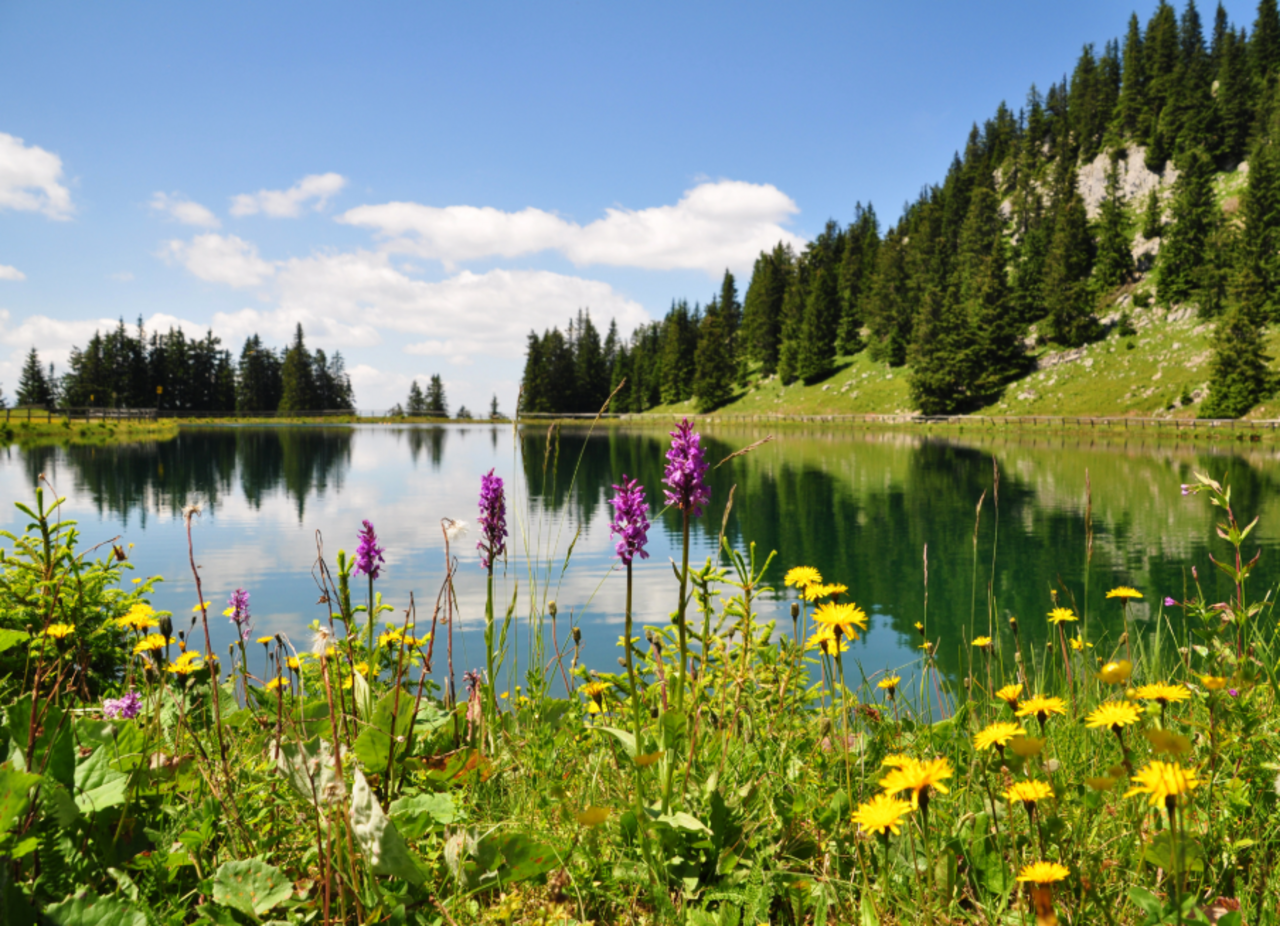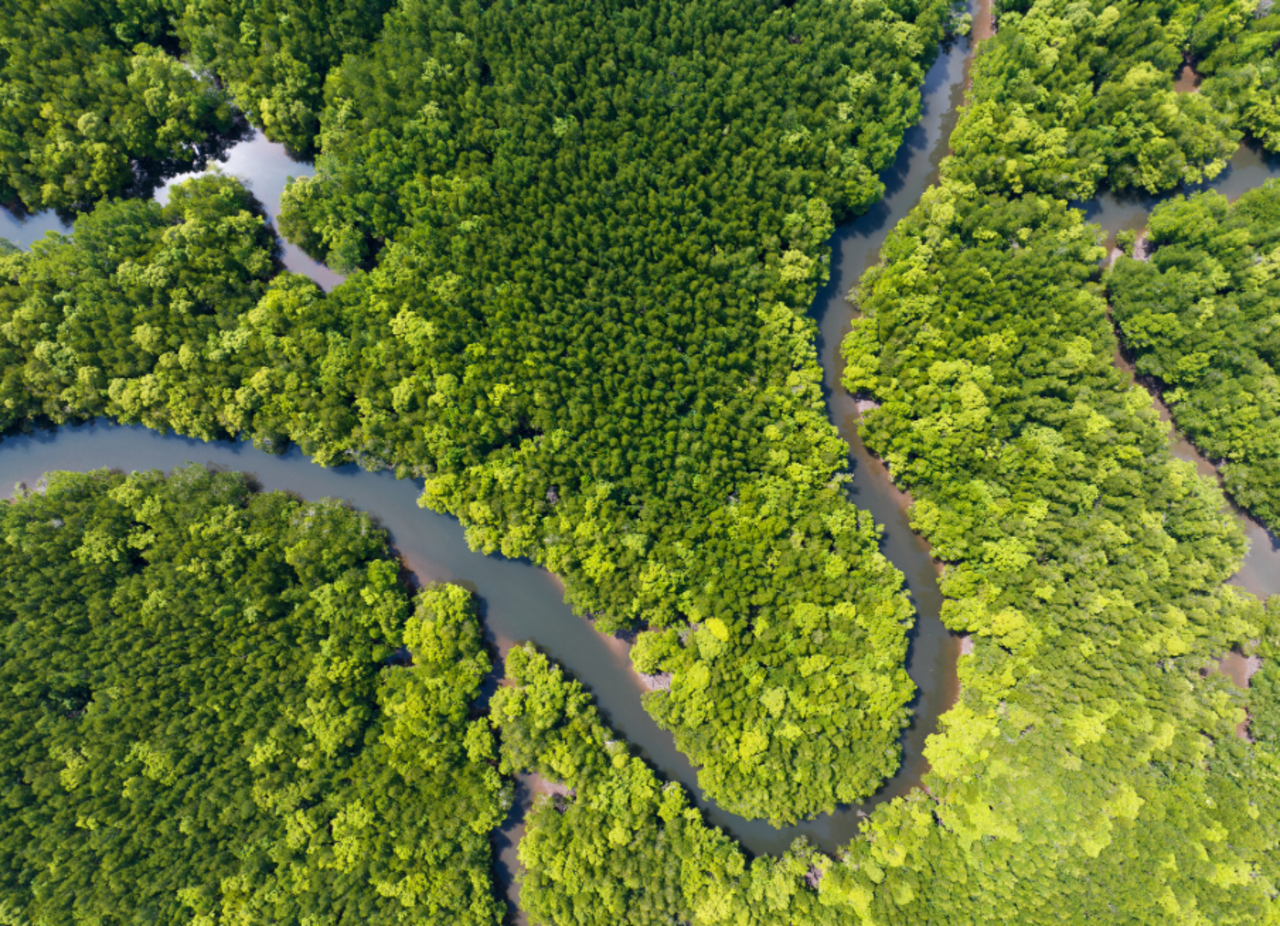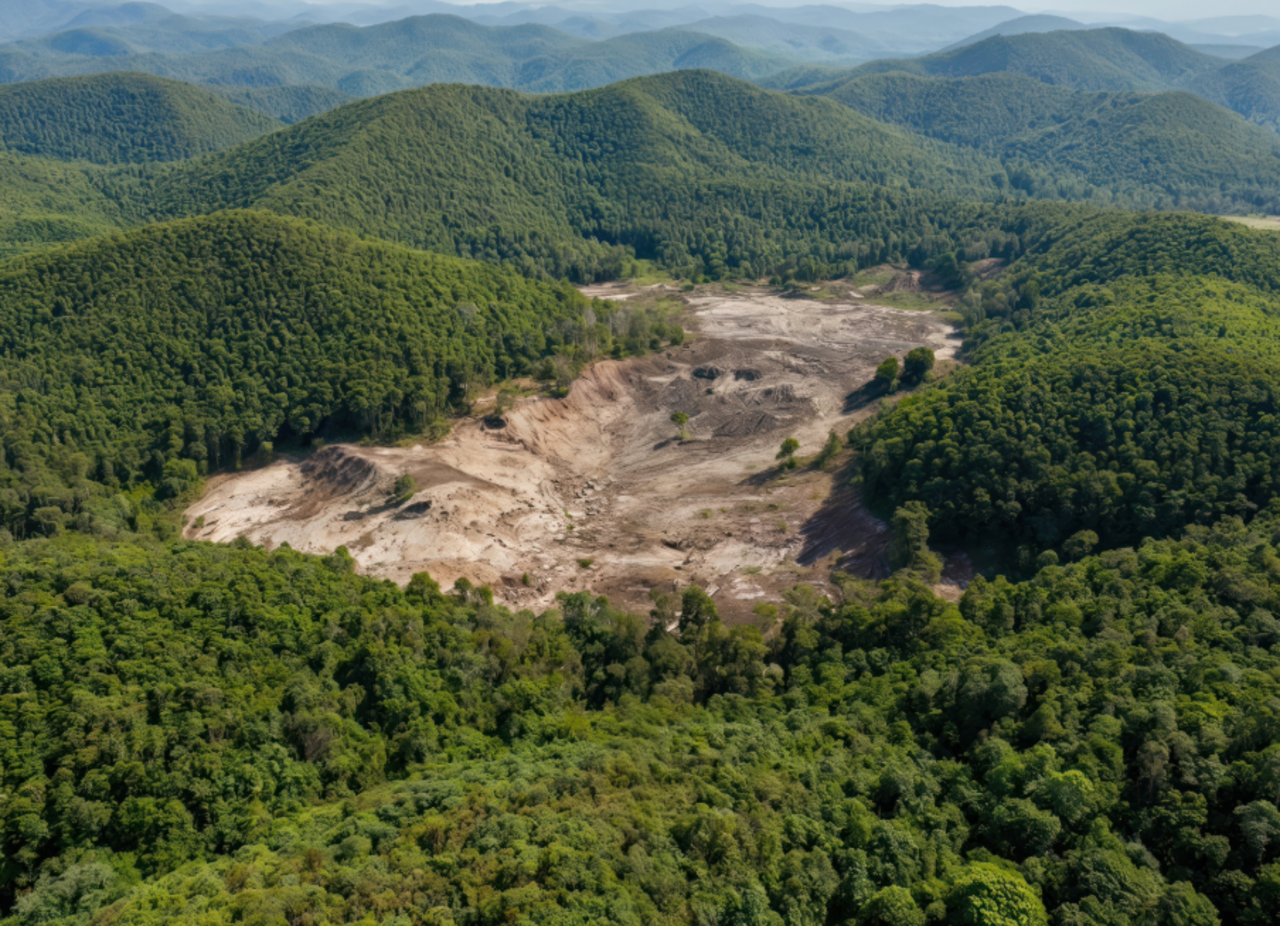
2.4 Habitats Directive and Natura 2000 system

The EU Birds and Habitats Directives established the Natura 2000 network to protect Europe’s biodiversity, yet many forest habitats remain in poor condition. Implementation challenges, conflicting policies, and intensive forestry practices have limited their effectiveness, highlighting the need for more coherent conservation efforts and the recent EU Nature Restoration Regulation.
The EU Birds Directive (EU 2009) and the EU Habitats Directive (CEC 1992) are long-established key instruments of the EU nature protection legal and policy framework. The key mechanism to meet their biodiversity conservation objectives is the establishment and management of an EU-wide network called Natura 2000 that consists of special protection areas (SPAs) under the Birds Directive and special areas of conservation (SACs) under the Habitats Directive. While strict reserves and strictly protected areas are included, the larger part of Natura 2000 sites are sites that are also managed for other main land uses (e.g., forestry, agriculture, water use).
Over half of all established Natura 2000 sites are forest areas, accounting for ca. 25 % of the total forest area of the EU-28. The area of forests under Natura 2000 varies significantly among the EU Member States, however. It ranges from 6.4% in the UK (before Brexit), ca. 10% in Finland and Sweden and Latvia (below average) to ca. 18% in France and 25% in Germany (similar to average), and even to ca. 44% in Slovakia and Slovenia, and 53% in Bulgaria (above average). On average, ca. 18% of all forests in the old EU Member States are designated as Natura 2000 sites, and 35% in the new Member States (EC 2015).
In addition to climate change and land use impacts, the increased extraction of forest products and intensified forestry practices are assessed to have diverse impacts on the various habitats and species protected in the Natura 2000 network under the EU Birds and Habitats Directives. According to official reporting under EU Habitats Directive, ca. 85% of all forest habitat types included in the EU-wide Natura 2000 network of protected areas (which covers about 25% of all EU’s forests) are found to be in ‘poor’ (54%) or ‘bad’ (31%) conservation status and many forest-dependent species declining in the period 2013-2018. Approximately 14% of the assessments showed good conservation status (EC 2020, EEA 2020; Maes et al. 2020).
Official reporting shows that forest biodiversity is particularly affected by the removal of old-growth forests, dead and dying trees, as well as by increased timber harvesting through intensive forestry including clear-cutting and other rotational harvesting methods, the plantation of monocultures, and whole-tree harvesting for biomass use (EEA 2020; Maes et al. 2020; Maes et al. 2023). Forestry is the dominant group of pressures reported for most of the Habitats Directive’ Annex I forest types: it amounts to 50% of all pressures for mixed forests, broadleaved deciduous and coniferous forests, to be found mainly in Central West and Central East Europe. For broadleaved evergreen forests, to be found mainly in Southern Europe, however, forestry accounts for only 20% of the pressures. In particular, over 90% of forest habitat assessments for boreal forests, to be found in Northern Europe show an unfavourable conservation status and worse trends than temperate forests in Central West and Central East and Mediterranean forests in South Europe (Maes et al. 2020).
Intensive forestry practices are also among the largest pressure categories reported for species decline under the EU’s Natura 2000 network of protected areas under the Birds and Habitats Directives, affecting in particular arthropods, mammals, forest birds and non-vascular plants. Reporting shows that forest habitats are especially affected by the removal of dead and dying trees as well as by broader land use changes, such as conversion of natural or naturally regenerating forests to monocultures or other forest types (e.g., tree plantations, degraded forests such as coppice forests). Other habitat groups, e.g. grassland and heath habitats, are more significantly challenged by ongoing afforestation dynamics in the EU, which decrease the area of open landscape structures (EEA 2020; Maes et al. 2020).
One reason for this incoherent implementation of the EU Nature Directives might be seen in the ineffective integration of both EU and national conservation policy into national forest policy and practices. These are implementation challenges that can be identified in almost all EU-28 countries, regardless of their forest policy priorities. From a historical perspective, the domestic implementation of the integrative approach of the Natura 2000 network of conservation sites (for habitats and species conservation) proved to be a lengthy and politically controversial process. The transposition into national law and the establishment of the network of Natura 2000 sites were often substantially delayed or misdirected, which triggered corrective enforcement actions through EU institutions in line with the legal provisions. In many EU member states, Natura 2000 management plans are typically worded rather vaguely or remain non-mandatory for the majority of forest owners (Winter et al. 2014). Effective management of Natura 2000 sites in forests is often compromised when no funding or only limited financial support for Natura 2000 is made available for example from the EU Rural Development Policy (Geitzenauer et al. 2016), or when Natura 2000 harmful forestry practices are financially supported from EU Common Agricultural/Rural Development Policy and EU Bioenergy Policy (Sotirov 2017) or when nature conservation objectives threaten to contradict economic objectives of forestry practices (Weiss et al. 2017b; Winkel et al. 2015). It was the dissatisfaction with the continued degradation of the ecological status of habitats and species under the EU Nature Directives that led the EU institutions, Member States and advocacy groups to push for the EU Nature Restoration Regulation: with the aim to restore all what has been degraded so far.
Related resources
The implementation of Natura 2000 in Austria—A European policy in a federal system
This study analyses how the EU’s Natura 2000 network has been implemented in Austria. It applies implementation theory to explain delays and differing outcomes across federal states, highlighting the role of administrative capacity, institutional pressures, compliance culture and stakeholder dynamics. Findings reveal three modes of implementation and ongoing challenges to policy coherence.
Mapping and assessment of ecosystems and their services
This assessment analyses the condition of Europe’s ecosystems and the pressures they face, from intensive land use and pollution to climate change and invasive species. Covering forests, farmlands, wetlands, rivers, lakes, marine and urban ecosystems, it evaluates trends since 2010 and highlights links between ecosystem condition, services to people, and the need for targeted conservation and restoration.
The implementation of Natura 2000 in forests
Natura 2000 forms the backbone of EU biodiversity conservation policy, with forests representing around 50% of its protected area. This study highlights five key challenges to implementation in forests – from balancing biodiversity and timber use to climate change and funding gaps – and proposes five policy pathways, stressing that a combination of approaches is needed to ensure success.
Natura 2000 and forests
This publication reviews the implementation of Natura 2000 in forests within the broader EU policy process. It explains how the Habitats and Birds Directives were transposed into national law and enforced, outlines the two main stages of implementation – site designation and management regimes – and analyses forest-specific challenges. The role of EU-level policy, guidance, funding, and stakeholder involvement is highlighted throughout.
The impact of Natura 2000 on forest management
European beech forests now cover only a fraction of their former range. This study, based on interviews with stakeholders and analyses of management plans in Austria, France, and Germany, shows that Natura 2000 has had limited impact on actual forest practices. Management plans are often vague and set thresholds below conservation science recommendations, highlighting the need for stronger measures to ensure biodiversity protection.








